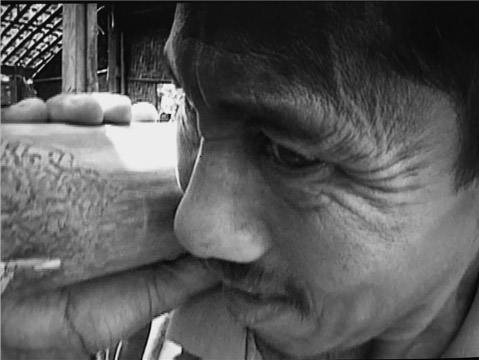It seems obvious, doesn’t it? Getting close in documentary filmmaking literally means putting your body and your camera as close to what you’re filming as possible. But it also means getting emotionally close to your subject matter, not just physically close. And it also means staying close to the vision you have for your film, not allowing marketing concerns or outside validators to interfere.
In my book I write, “There is a kind of meditative awareness that takes over when I’m shooting close to my subjects, much like that of the skier or climber who focuses only on the physical elements right in front of them. The subject or character guides my eye, and my eye communicates with my hands, which then manage the camera’s iris, shutter speed, zoom, and audio level. I’m always dealing with matters of exposure and composition and focus, but also with how my subject is responding to my presence. I’m deeply aware of them as a human being, and truly grateful they’ve allowed me to be this close to them so I can bring their story to a viewer, to make a connection.”
To achieve this closeness, the lean team documentary filmmaker strips their gear and their crew down to its essentials. You can film without lights, tripod, or assistants; you can record sound directly into your camera with only a wireless and a camera-mounted shotgun; you can conduct an interview by asking questions from behind the viewfinder. You can follow your subject anywhere and shadow them without distraction, because you’ve eliminated all the barriers between you and them.
To understand what getting close really means, watch Leonard Retel Helmrich’s astounding 2004 documentary, Shape of the Moon, in which the lean team filmmaker works within inches of his trusting characters (In Chapter Three of my book, I lay out the tools you need to work in the field as a lean team filmmaker.)
Without barriers, your subject is more natural, accepting, and revealing in your presence. You are more likely to capture their emotional authenticity. As your film progresses, this authenticity evolves to define your vision, a vision you are less likely to want to compromise to satisfy the demands of funders or distributors or executive producers. You remain close to both the narrative and aesthetic design of your story, from beginning to end, and you will come to see that, as a lean team documentary filmmaker, you’ve become the sole author of your film.
I write more about getting close in Chapter Two: Eliminate Barriers and Plan Your Project of my book, Get Close: Lean Team Documentary Filmmaking (Oxford University Press, 2019).
WATCH on DVD: Shape of the Moon, Leonard Retel Helmrich, 4.5/5

